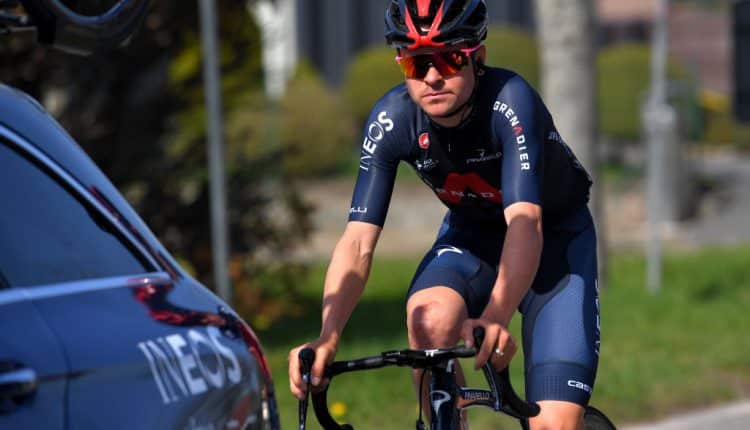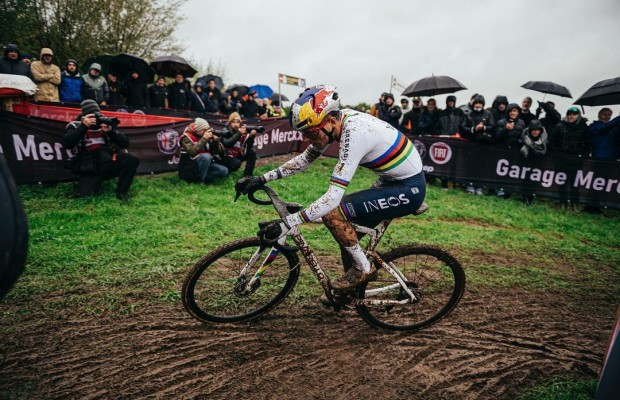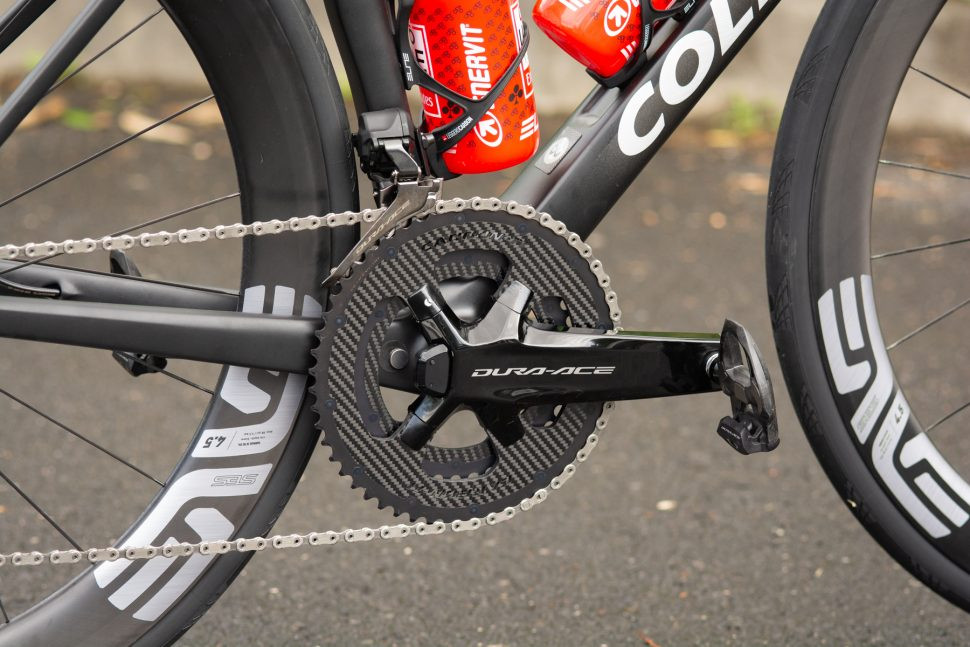
The science of tires is currently experiencing a renaissance, driven by technological advances such as tubeless tires, which are fueling research on how to get the most performance out of them.
In an interview on the Sigma Sports podcast, Mountain Bike (MTB) World Champion Tom Pidcock confirmed that he adopts the idea of incredibly low tire pressures on the road and also uses shorter cranksets.

Tires are constantly evolving in terms of size, with many professionals now adopting 28c tires as standard and occasionally opting for 30c or even 32c tires in certain races.
This, in turn, encourages the use of lower tire pressures. However, for a road tire with a width of 28c, the most common pressure range used varies between 75 and 90 psi.
In an interview on the Sigma Sports podcast, Mountain Bike (MTB) World Champion Tom Pidcock confirmed that he adopts the idea of incredibly low tire pressures on the road and also uses shorter cranksets.

Pidcock, however, revealed that he runs his tires at around 60 psi. Not long ago, such a low tire pressure would be considered more prone to punctures. This makes more sense when you consider that Pidcock himself weighs just over 60 kilograms; however, for most cyclists, this suggests that we can let a bit of air out of our tires.
This stems from the idea that the lower the pressure, the more the tire is able to deform, allowing continuous contact with the road surface and minimizing energy losses due to vibration.

Pogacar is also on board with lower pressures
Tadej Pogacar (UAE Team Emirates) has been on this low-pressure trend for a while now, using 30c tires with around 55 psi for most of the 2023 season.
Shorter cranks
Another trend that Pidock confirmed he is adopting is the shift to shorter cranks. Currently, the Ineos cyclist uses 170mm models but is testing the use of 160mm cranks on his time trial bike. One of the significant advantages of using shorter cranks is a noticeable aerodynamic benefit.

Shorter cranks allow for a slightly higher saddle height, making the torso more horizontal and reducing the frontal area of the cyclist. Shorter cranks also mean that a little less of the thigh is exposed to the wind during a pedal stroke, further aiding the aerodynamic efficiency of the cyclist.
Pidcock is not the only one in this trend, with Pogacar also using shorter cranks than typical, measuring 165mm in length. It’s interesting to see the crank length being shortened after years when it was believed that a longer length would provide more torque due to a larger lever.

